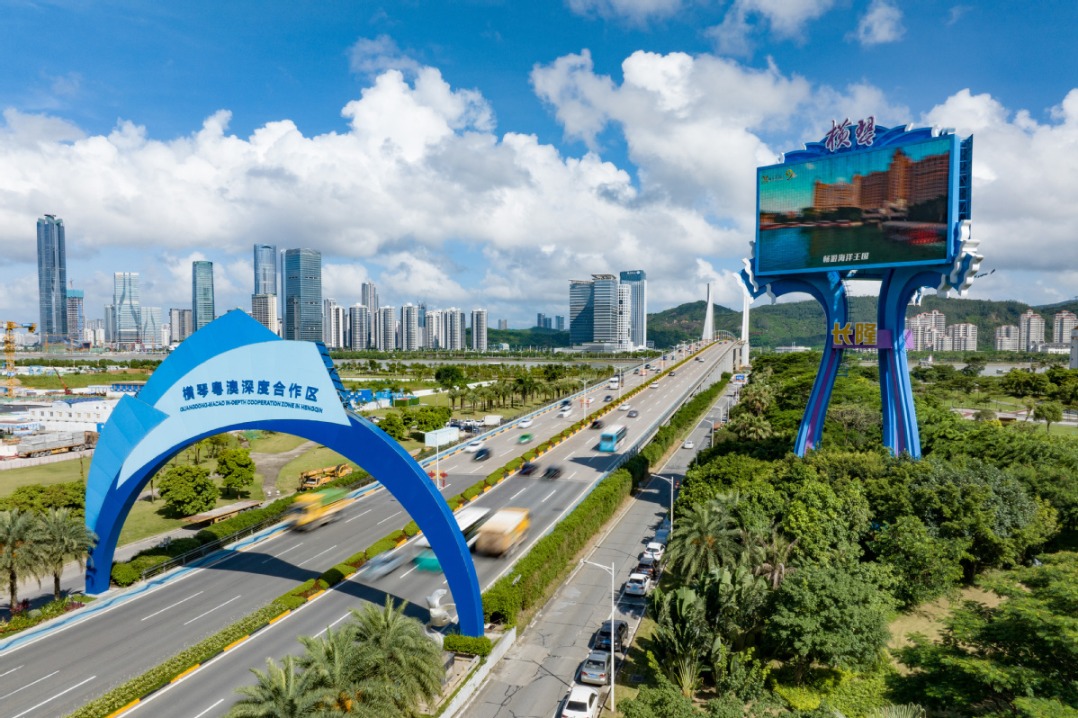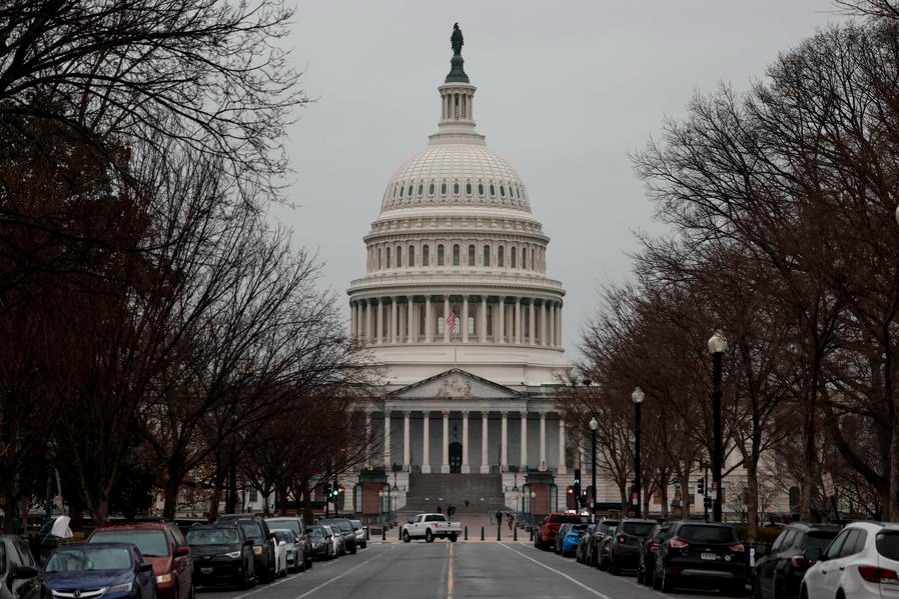BRI - a mega initiative for peace, harmony and prosperity


The Belt and Road Initiative (BRI) is one of the biggest projects launched in the history of humankind. The initiative, announced by President Xi Jinping, is all about connectivity and trade between nations, especially among the neighboring states and in the region. Under BRI, infrastructure and connectivity is being improved between China and its neighboring states as well as in the whole region. Connectivity will promote more interaction among states and people-to-people contacts. As a result, it will promote understanding among various countries, create peace and harmony. Once peace and harmony prevails, and connectivity is improved, trade will automatically enhance. More trade means more economic activities, more jobs, and more opportunities. It will definitely bring prosperity and reduce poverty. In simple words, BRI is a message of “Peace, Harmony and Prosperity”.
The initiative comes at a time when geopolitics is tense. West has been in an open war in the Middle East for the past four decades, which has left 2 million dead and 6 million people displaced both internally and externally. The worst example is Syria, where killings and displacement of people is still ongoing. Unfortunately, UN and international community seem to be helpless. Some countries have become so strong that they are taking decisions unilaterally, while ignoring UN and international civic norms. With this background, BRI is a hope for humanity and many nations are joining BRI on fast-track.
Till date, 69 countries have joined and backed BRI. The UN has also acknowledged it. BRI is already included in China’s Constitution. There are 6 economic corridors planned under BRI, each corridor with its specific importance. However, China-Pakistan Economic Corridor (CPEC) is the flagship project. CPEC was signed 5 years ago in July 2013. Pakistani port city Gwadar will be developed and connected with Chinese border city of Kashgar in Xinjiang province.
Under the vast CPEC framework, China is assisting Pakistan to overcome its electricity shortfall issue and it has been resolved to a major extent. There are 21 projects related to energy, most of them have been completed, while some are at the advance stage of execution. As a result disruption of electricity for several hours has been reduced drastically. It is expected that soon the power supply will meet its demand as currently under execution projects will reach their completion.
Pakistan faces difficulty due to outdated infrastructure. The existing railway system was built by the British way before Pakistan got independence in 1947. At the same time, the road network is poor as well. China is assisting Pakistan in this by developing multiple motorways and highways throughout the country. There are 8 projects currently in infrastructure sector. Most of the road network is near completion. ML-1, the railway system, will be upgraded within the next couple of years to meet the modern-day needs.
In addition, an optical fiber link is being laid down between China and Pakistan. It will improve internet coverage, enhance internet speed and boost the struggling IT industry of Pakistan. Attention is being paid to Thar coal. Oil and gas pipelines are also under construction to meet the energy needs.
Moreover, Gwadar deep-sea port is being developed. There are 12 projects of various nature only in Gwadar. The Gwadar port is already in operation partially. However, it is expected that Gwadar will be a hub for the entire surrounding region’s commercial activities. Gwadar is located at the entrance of the Gulf Peninsula and acts as a major energy trade route between the Middle East and the rest of the world.
However, we are at the initial stage of CPEC and are working on laying a strong foundation for its success. The time frame for completion of CPEC is 2030. The benefits of CPEC in real essence will be vividly realized with the launch of the planned 9 Special Economic Zones (SEZs) initially and will be extended to more than 30s. Pakistan is blessed with many natural resources such as mineral and mining and a rich agriculture base. But Pakistan lacks in technology and investment It will be a good opportunity for our Chinese brothers to invest in cheaper labor, cheaper raw material and attractive investment policies for mutual benefits.
We believe in the Chinese win-win philosophy and trust that any collaboration between Pakistan and China will be beneficial to both the nations as well as the whole region. It is our sincere outlook that both countries will work, develop and prosper together. Trust, Pakistan and China will be even more close to each other to make CPEC a success story and a role model for the rest of the world.
In fact, BRI is at a very crucial moment of history, while the rest of world is talking about war and fighting, China launched a mega initiative for peace, harmony and prosperity. More and more countries will join BRI in near future, the latest example being Nepal. Hope, the whole world may be beneficiary of Chinese wisdom and mega initiative BRI.
Zamir Ahmed Awan is a sinologist and ex-diplomat who works as a non-resident fellow at the Center for China and Globalization.
The opinions expressed here are those of the writer and do not represent the views of China Daily and China Daily website.


































